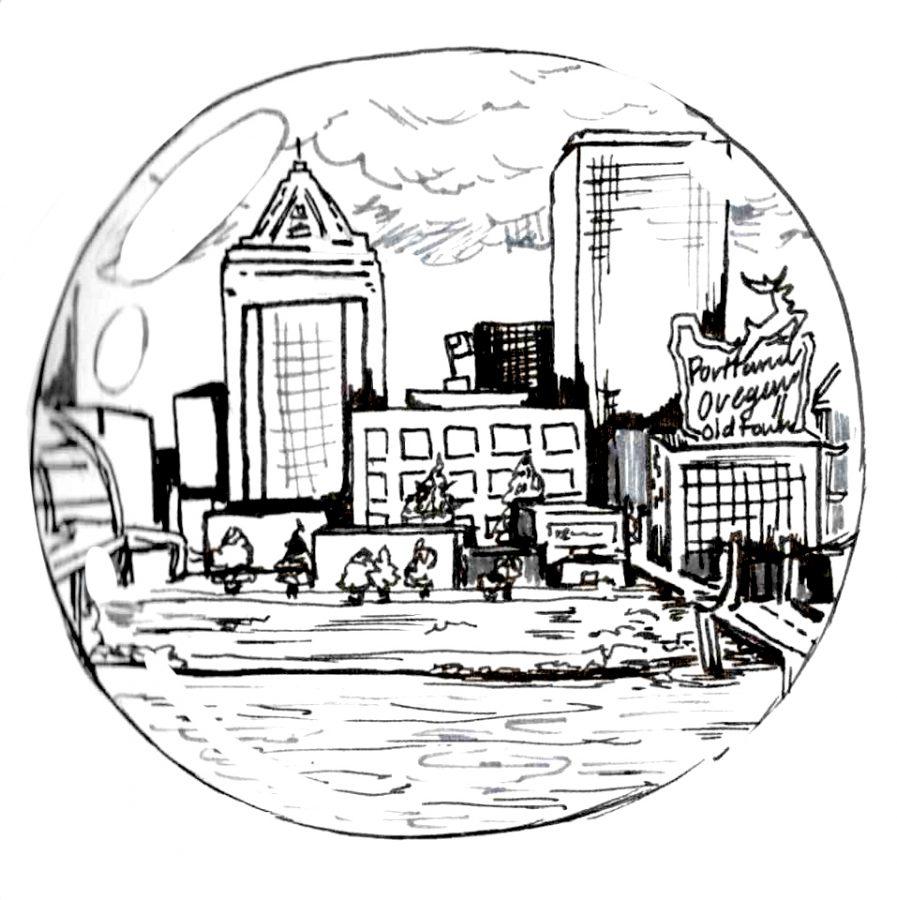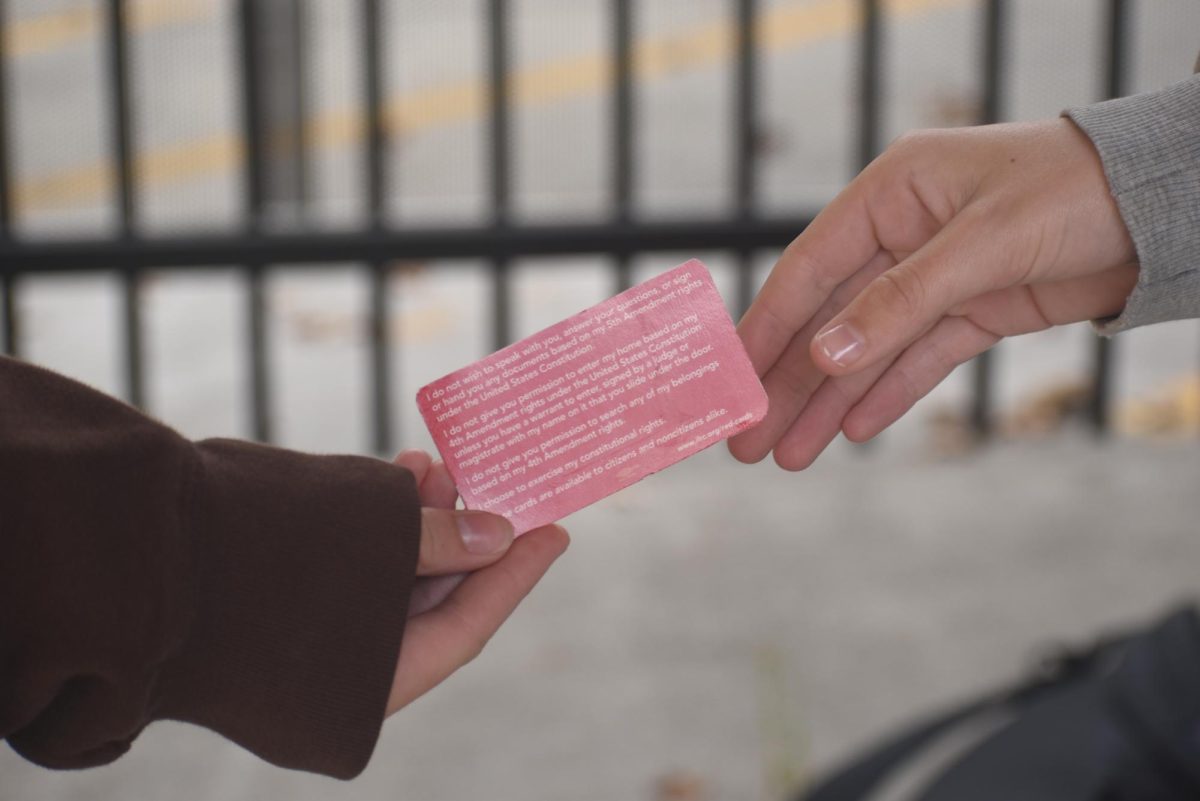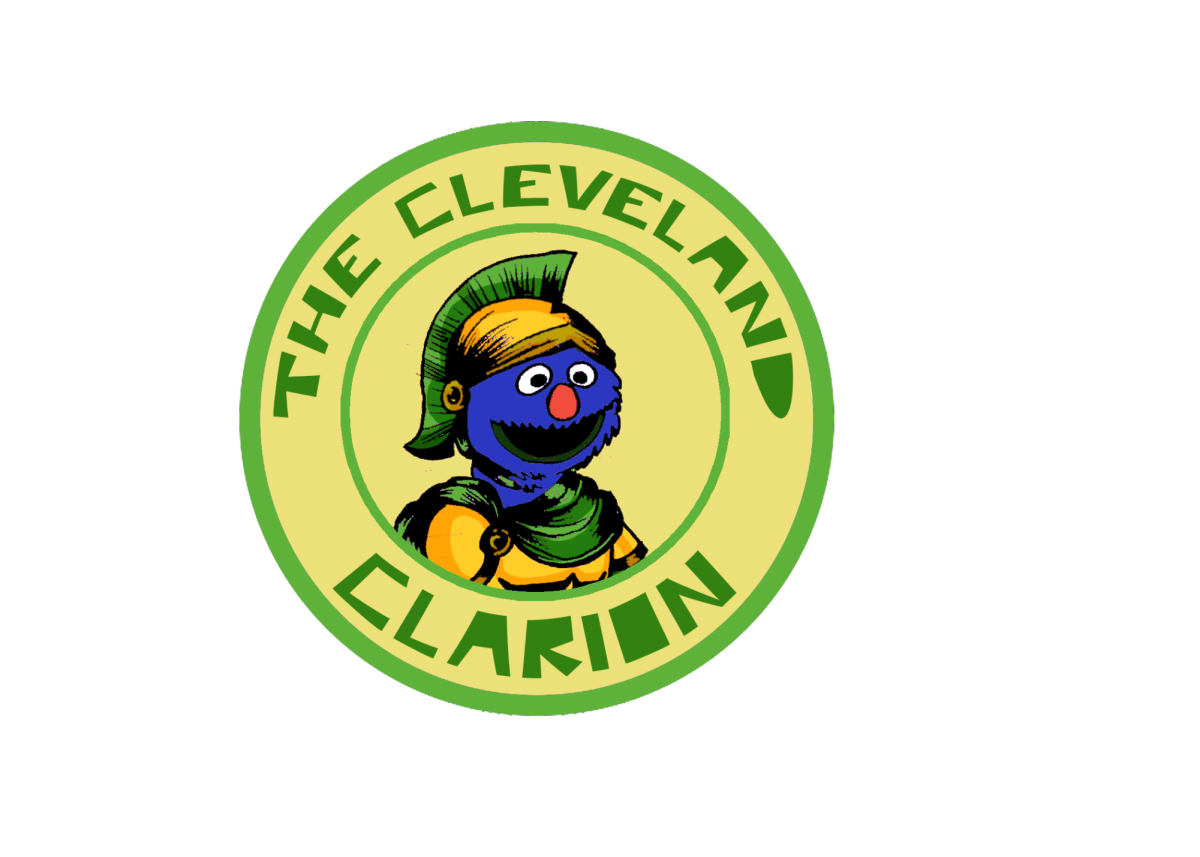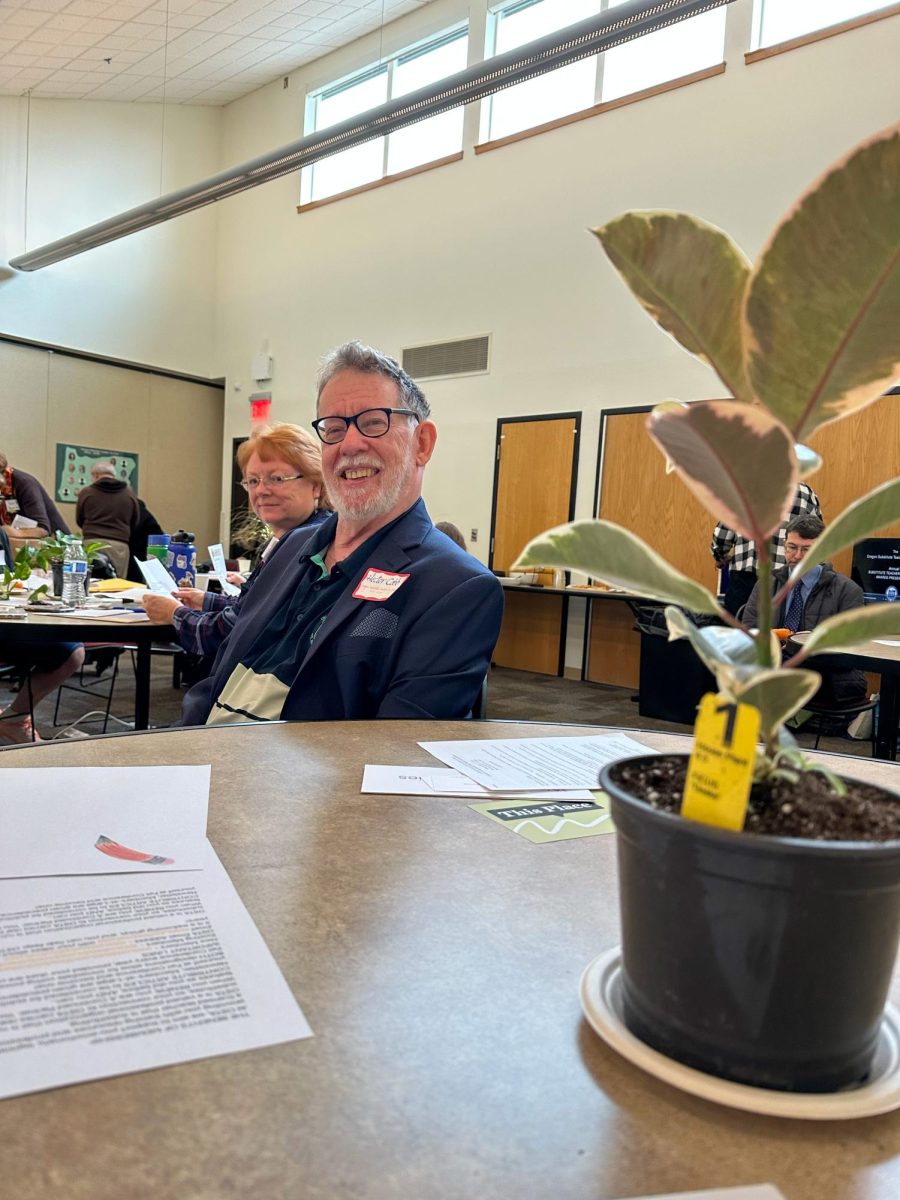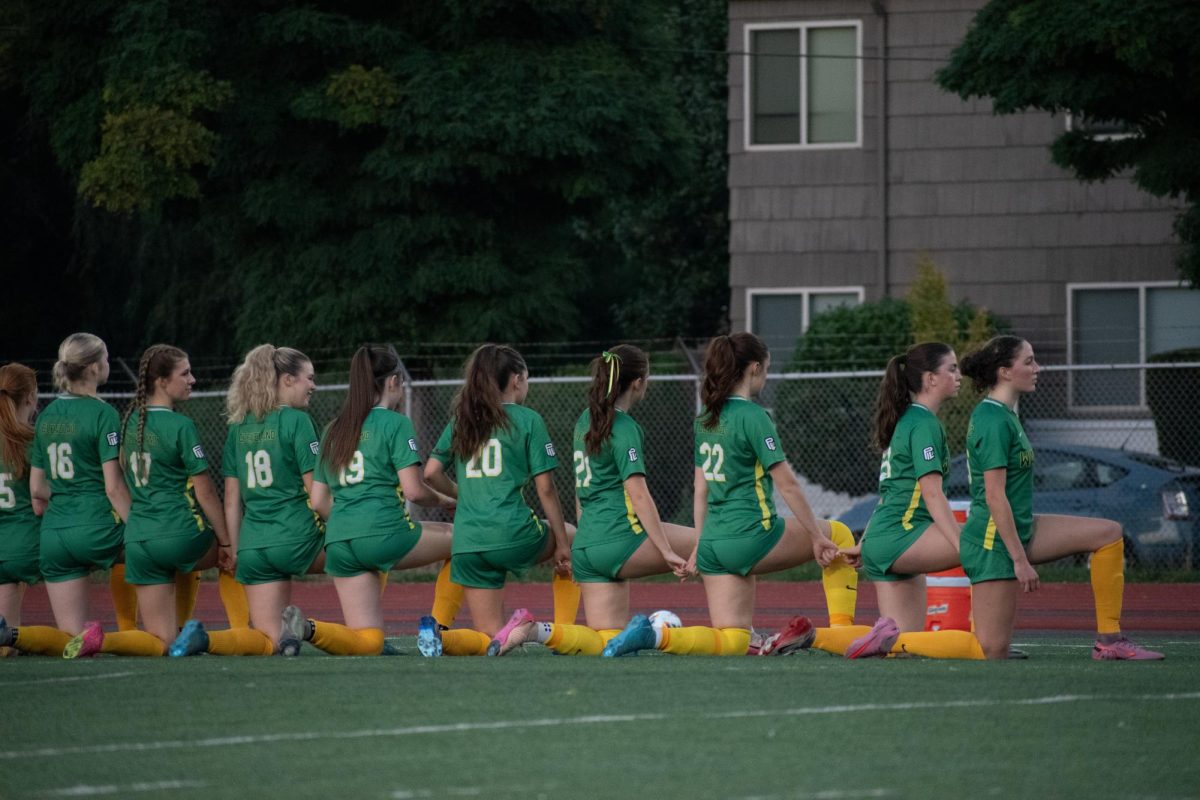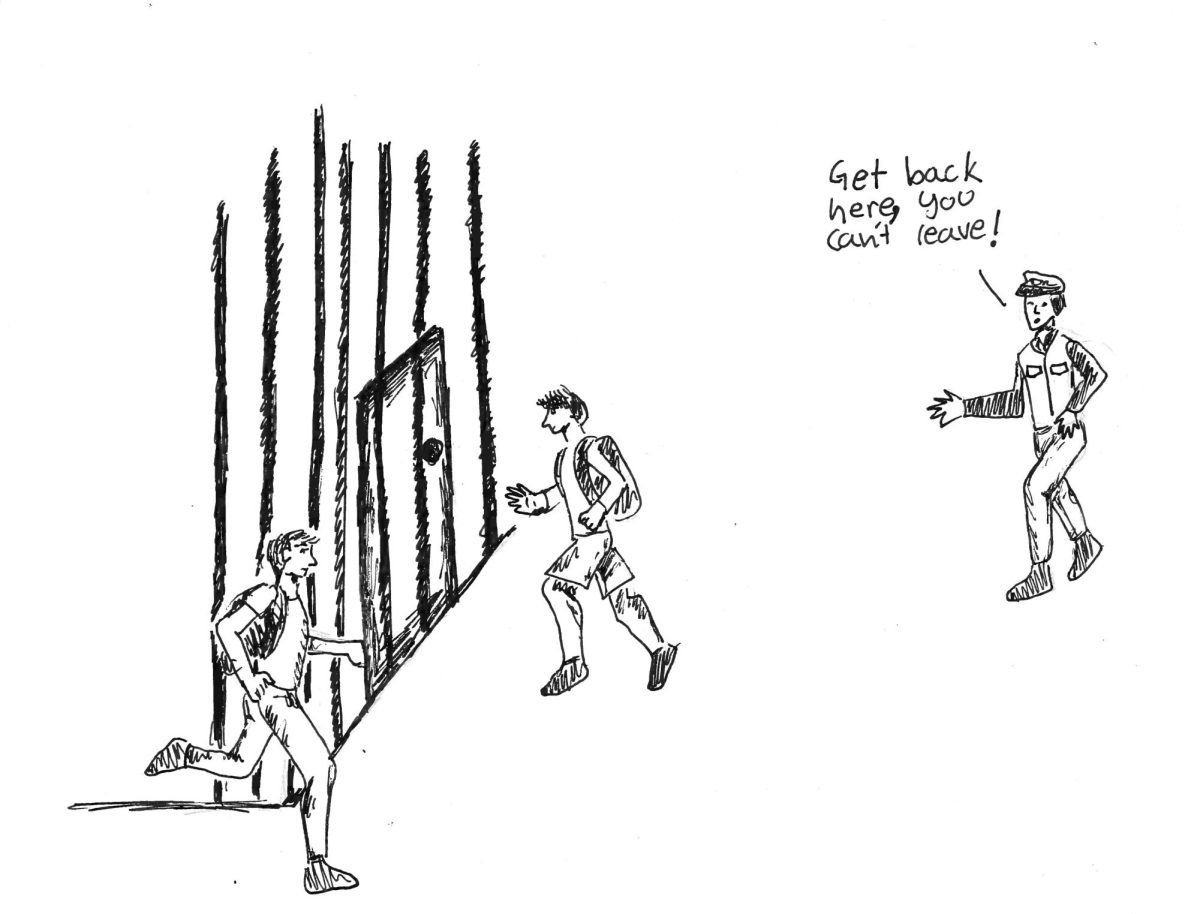Popping the Portland Bubble
February 15, 2017
Portland, Oregon is one of the whitest cities in the the United States. According to the 2010 census, white people make up 72.2 percent of Portland’s population with minorities—African Americans, Hispanics and Latinos, Asians, and American Indians and Alaska Natives—each making up less than 10 percent of the population respectively. This is not an accident; despite Portland priding itself on progressive values, there is a long history of racial segregation, specifically towards African Americans, in Oregon that doesn’t align with the liberal politics many associate with our city. Unfortunately, these topics aren’t always discussed in school or otherwise, so here is a brief timeline of segregation in Oregon and Portland, specifically.
When Oregon entered the Union in 1859, its original constitution banned slavery while forbidding African Americans, free or otherwise, from living, working, or owning property in the state, making it the only state to ever do so. If they did, they would be publicly beaten. This was also the heyday of the Oregon Trail where white male settlers were given land which originally belonged to Native Americans. The passage and ratification of the 13th, 14th, and 15th amendments in the second half of the 1860s would overturn these laws, but Oregon wouldn’t actually ratify the 15th amendment, which gave African Americans the right to vote, until 1959.
In the 1920s, Oregon saw an influx of members of the Klu Klux Klan; the state’s status as a de facto white haven greatly appealed to white supremacists. Meanwhile, the slowly rising population of blacks working on the railroads in Portland began to settle in the Albina district. This quickly became one of the only places they could live when the Realty Board of Portland approved a code of ethics prohibiting realtors from selling property in white neighborhoods to minorities. This extreme housing discrimination was known as redlining.
In World War II, when the white men went to fight in the war, women and minorities in Oregon began working at Oregon Shipbuilding Corporation. As thousands of black workers moved to Portland, the redlining necessitated a need for more temporary housing.Thus Vanport, named because it was halfway between Portland and Vancouver, was built in a matter of months on marshland by the Columbia river that was kept dry through a series of dikes and levies.
This “temporary” housing project, built in response to the wartime housing shortage, became the second biggest city in Oregon with a large minority population often viewed as an eyesore by Portland. The year of 1948 was a particularly wet year and on May 30, after the Columbia and Willamette rivers surpassed flood levels several days prior, the dikes keeping Vanport dry failed. The city, never meant to be long term housing, was swept away by the flood, displacing tens of thousands of people. Now, left without their Vanport homes, African Americans were forced by the redlining to further crowd the Albina district or leave.
The black community saw further displacement in the following decades as the Albina district, viewed by the city as a ghetto, was the center of numerous “urban renewal” projects including the Moda Center and the Memorial Coliseum. Later building projects included Interstate 5 and Highway 99 as well as the expansion of the Legacy Emanuel Hospital.
As housing prices in the area dropped, white people came in and began buying houses and businesses. The gentrification of these communities is something Portland still faces today and affordable housing is becoming scarce, further pushing out diversity.
I don’t know how to solve these problems, but I can tell you that learning about the complex racial history of the city we live in is a step in the right direction. Keep in mind that the next time you see a “Keep Portland Weird” sticker plastered to a Subaru or a tall bike that not everything weird in this city—- the lack of diversity— is worth keeping.



